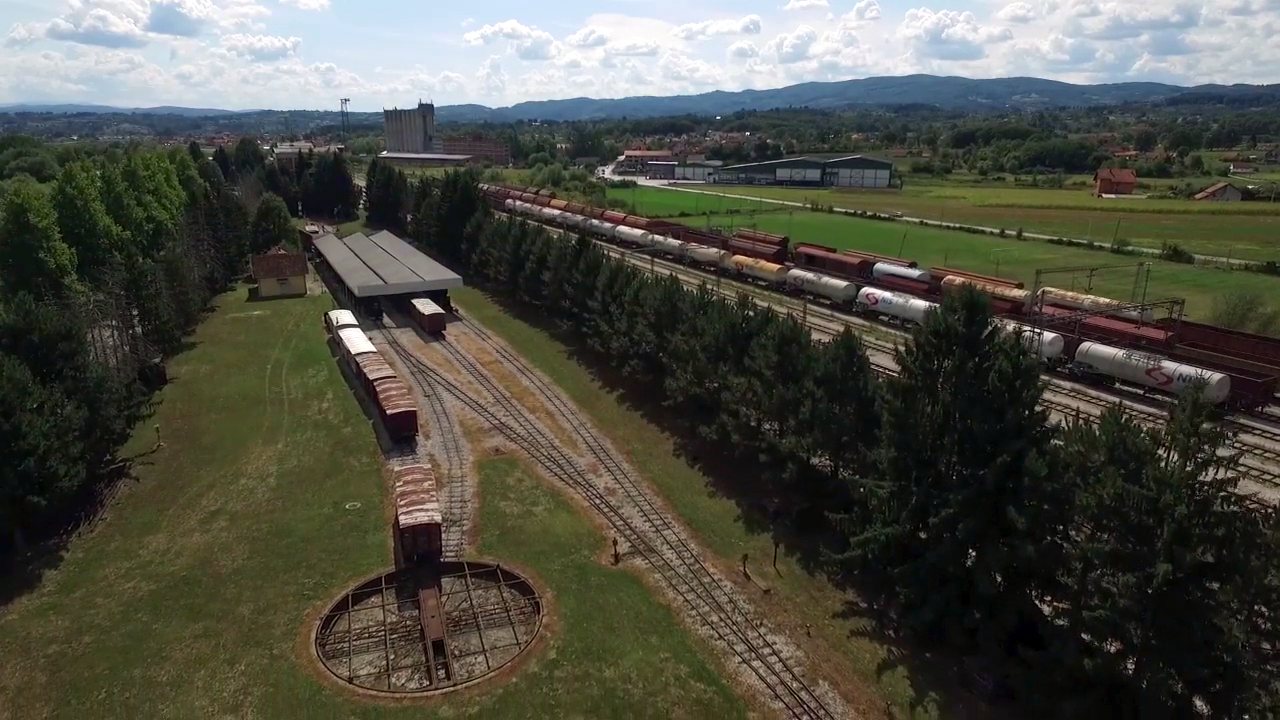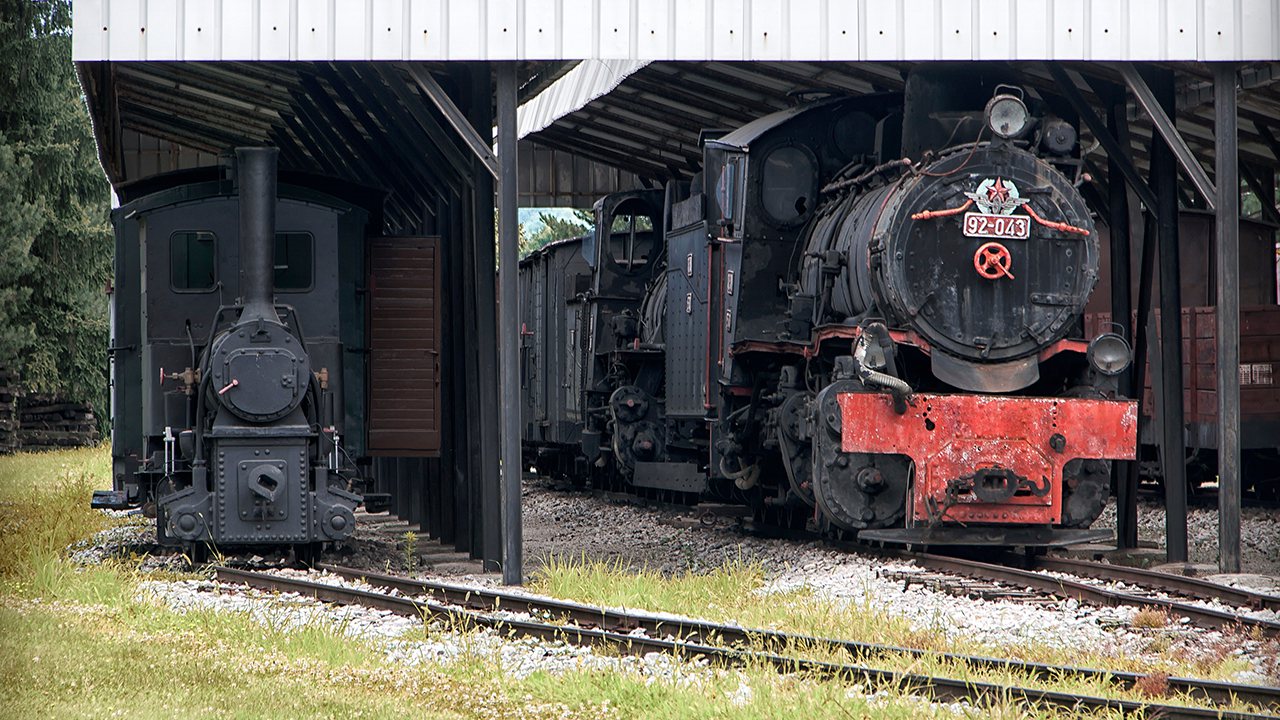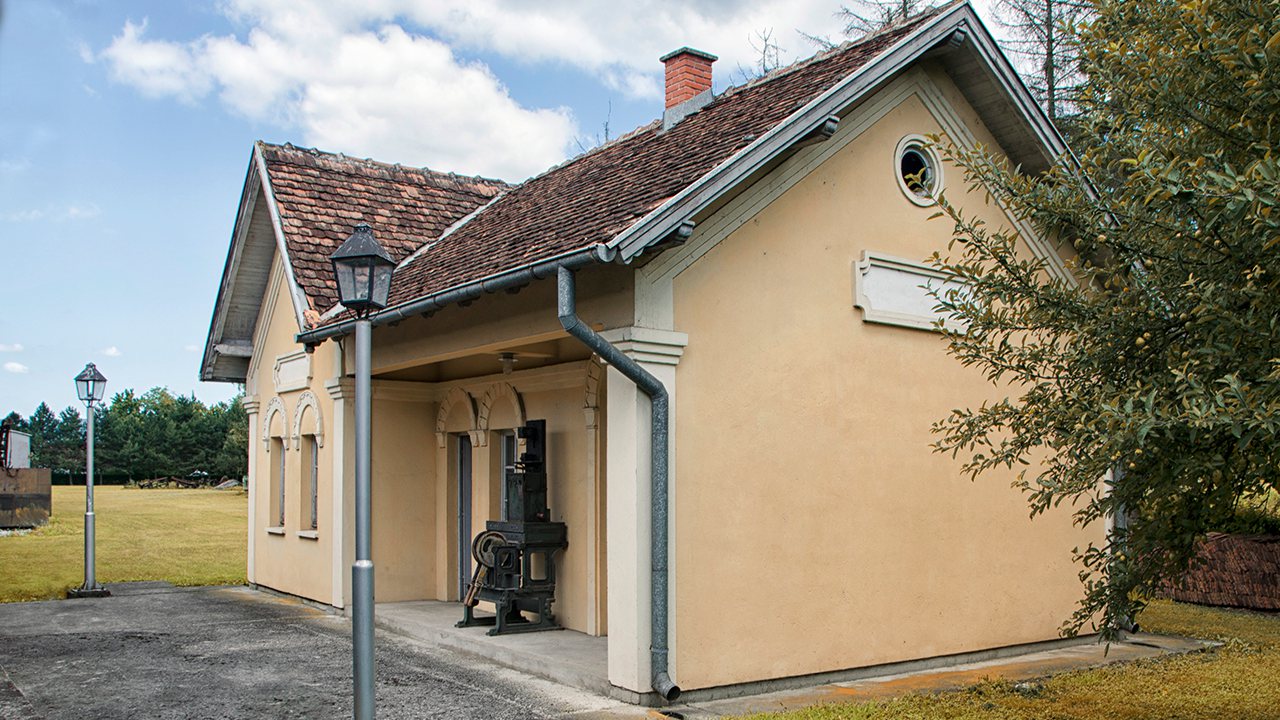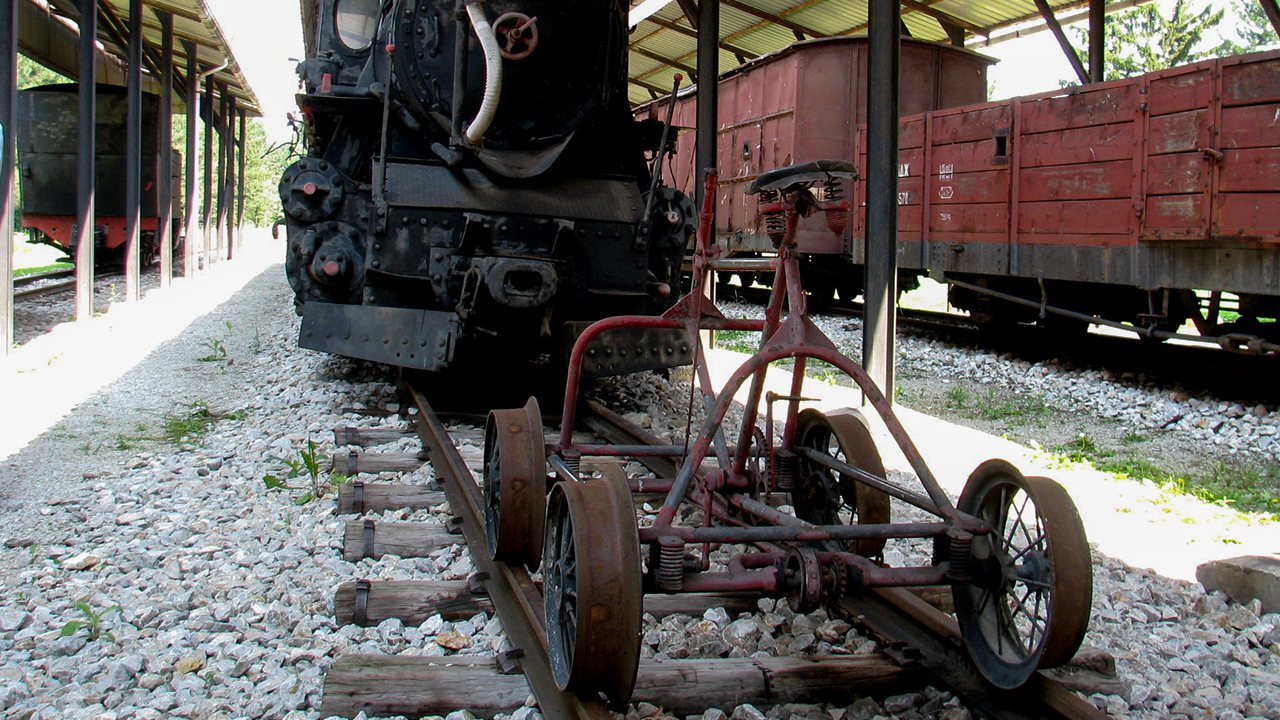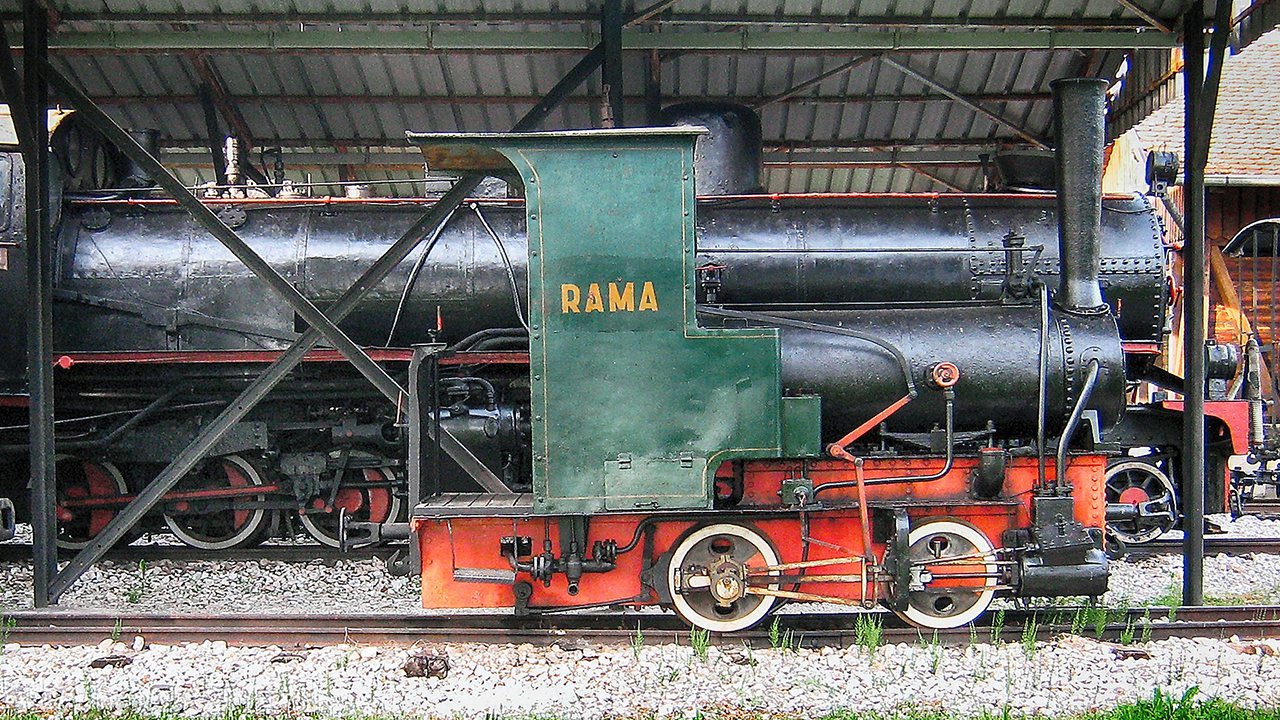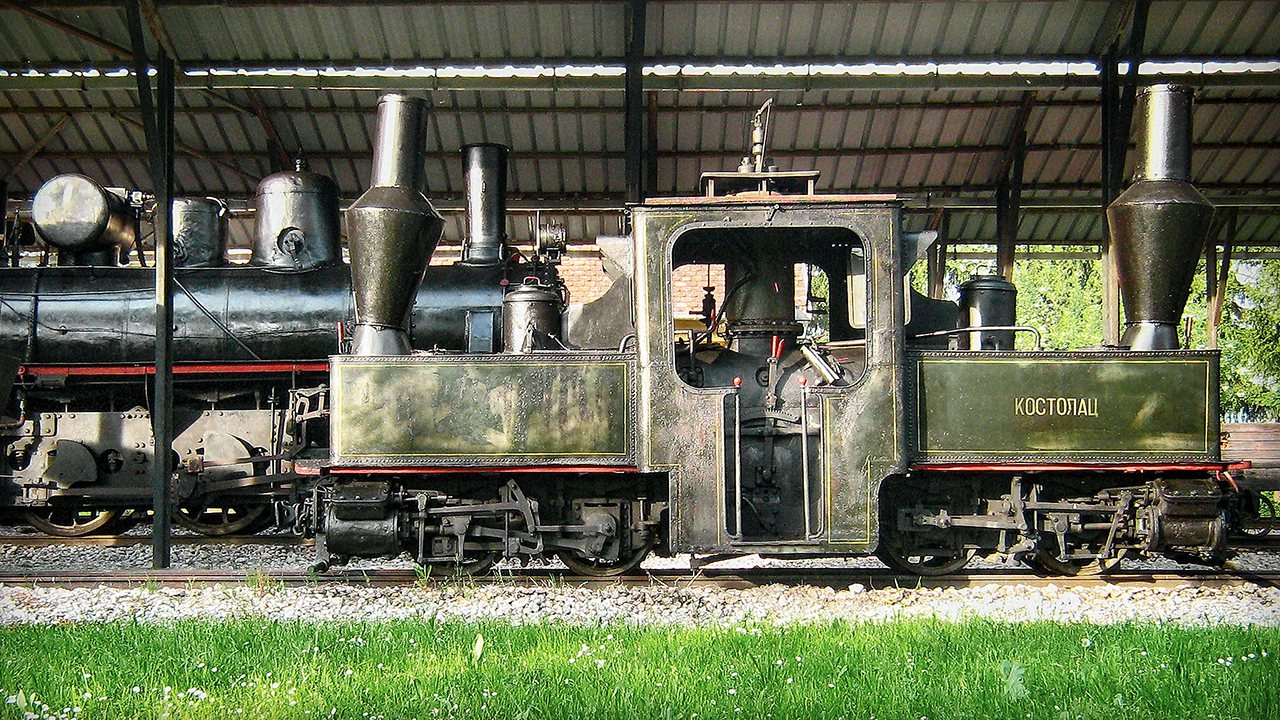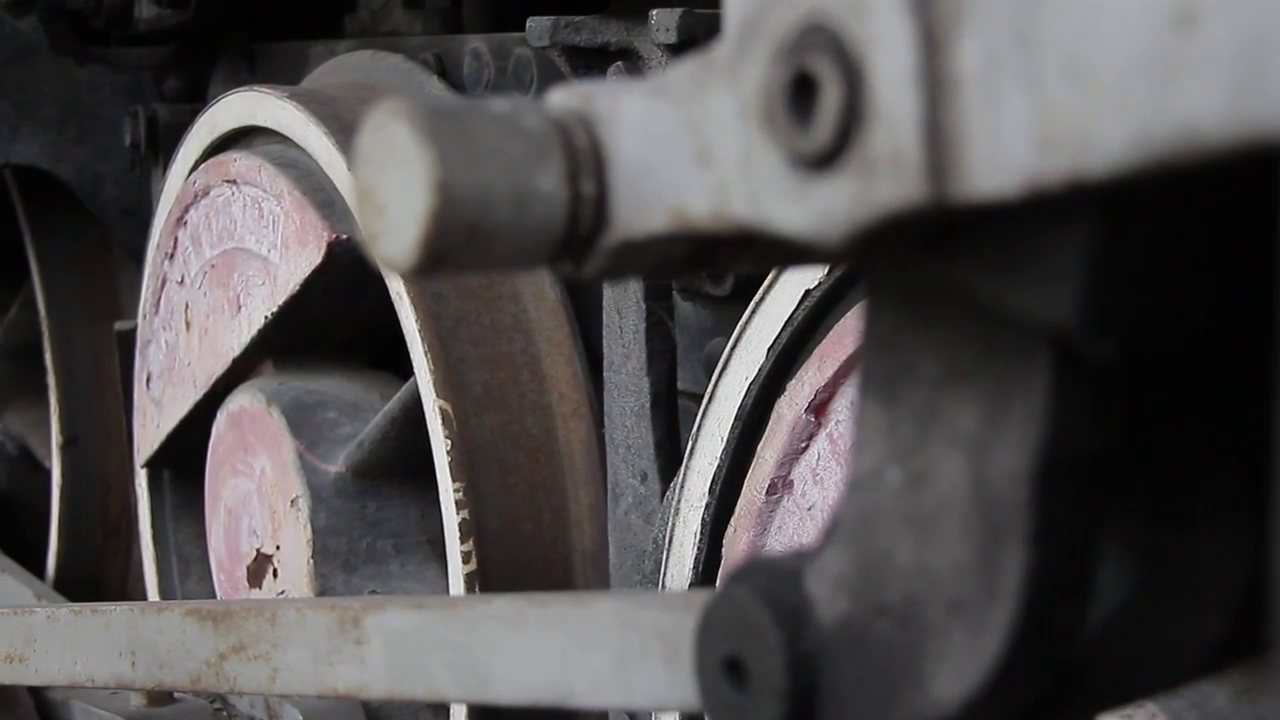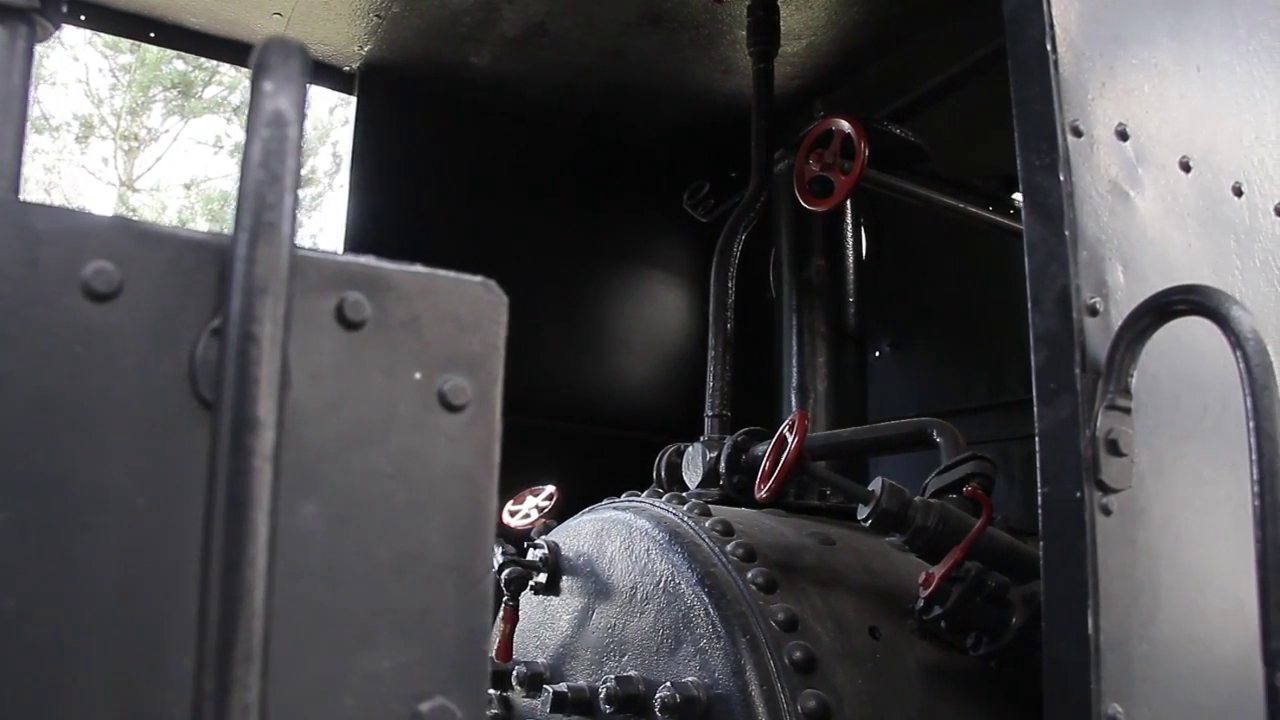What to see
Railway museum
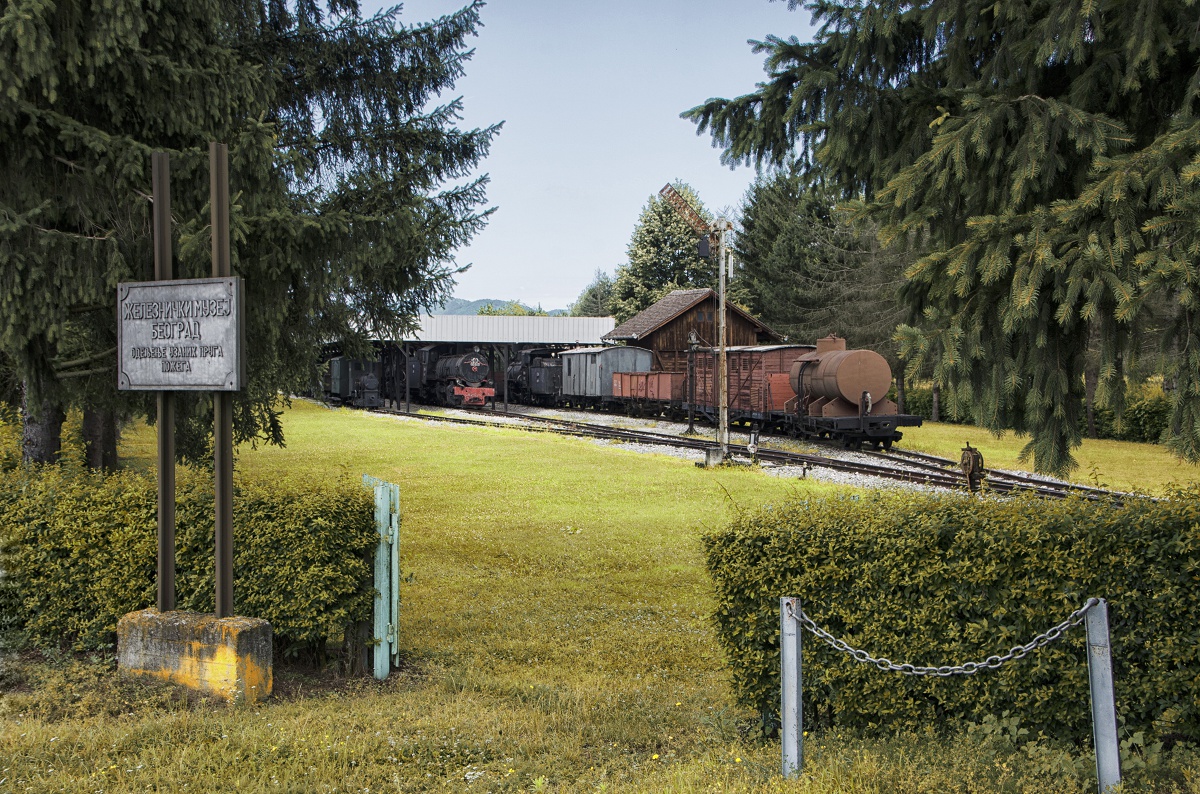
The Railway Museum is the only museum in Požega and is located next to the new railway station, one kilometer from the city center. The Požega Museum began its work on April 12, 1990, and ten years passed from the idea of creating such a museum to its realization. The initiator of the initiative on the formation of the museum of narrow gauge railways was Stojan Stamatović, who spent his working life on the railway, working as a switchman, shunt operator, conductor, dispatcher of trains, head of the old and new railway station in Požega.
On the landscaped area of about 1.5 hectares, there are more than 500 original narrow-gauge exhibits that represent part of the historical and technical development of the Serbian and former Yugoslav republics. It consists of four station tracks, a station building, five switches, two water feeders, goods scales and locomotive turnstiles. The station building has an original interior and belongs to the type of typical narrow gauge station building. It was built on the model of the station in Preljina near Čačak. It consists of: waiting room, train dispatcher’s office and station master’s office.
The museum’s setting consists of four station tracks with a total length of 645 meters, signaling and safety devices, a turntable and a car scale, as well as special railway vehicles: a snow plow, a train pump and three foot trains, as well as a snow hatch for locomotives, a trolley with a mechanism and a cable for cold pulling locomotives, a rail bending mechanism and two water feeders. Four tracks accommodate 10 steam cars, 18 passenger and freight cars and four railway bicycles.
The most important exhibit is the Rama locomotive from 1873. It was produced by the German company Kraus, and it is believed that it pulled the first train to Sarajevo. Currently, it is the only locomotive is in running condition. Next to it, there are: the first Yugoslav and the first locomotive produced in the Balkans in 1882. It is called Milan, it was built in Majdanpek, and it was named after the then king of Serbia, Milan Obrenović; The Kostolac locomotive from 1916, American production, was built for the needs of the French military railways on the Thessaloniki front; Car salon of Franz Joseph I, Crown Prince of Austria-Hungary from 1887 and Class IV passenger car from 1887.

